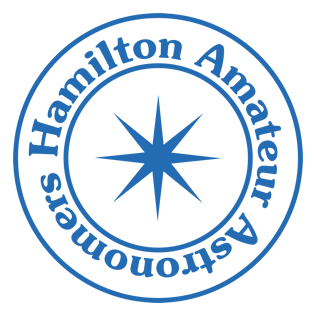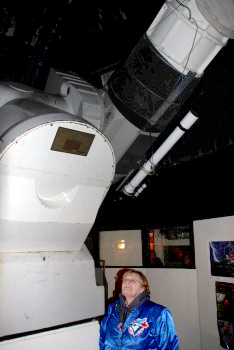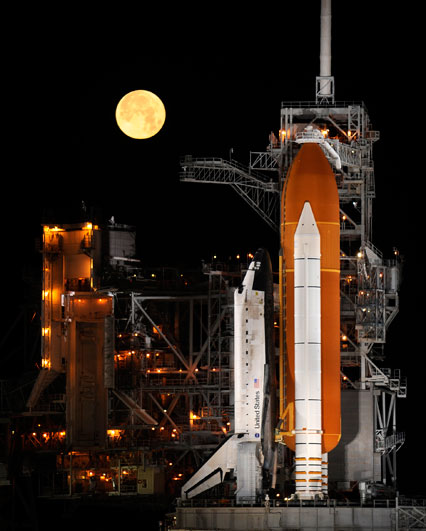Some members of the HAA club executive were available and invited for an astronomy presentation requested by 97th Hamilton Wolf Cubs, last night.
The format was designed to support their ‘Astronomy’ badge requirements, and is in 5 parts.
* A cub with an astronomy badge has learned about how to find the North Star, and how to show someone else how to find the north star.
* We taught them about Meteors, and had a sample meteorite to pass around for inspection. There was a discussion about the northern lights, (Aurora Borealis) and its southern counterpart (Aurora Australis), planets, (and what the controversy about planets is all about), nebulas, comets, satellites, eclipses, and galaxies.
* How to use a planisphere, a star map, and how to locate several constellations in the sky, in this case, Orion, the big dipper, Cassiopea, Little Dipper, and Cepheus.
* Aboriginal legends about the night sky and constellations are read, learned and re-told.
* The phases of the moon, and what the moon does to cause the tides.
We were prepared with sufficient written material, meteorites, hand-outs and star maps to do the evening’s presentation without a clear sky, but we were lucky that it was a good night, with just a few low clouds to the west.
We set up a few telescopes, and some of the cub parents brought telescopes.
After the meeting, when the parents returned for their kids, they all had a chance to see Saturn, the Orion Nebula, and the Perseus double cluster.
Lighting at the church, was, as expected, pretty bright, and as a result, I could not point at the Pleiades, as all I saw was a white glow from the light, but other items were visible.
If you are a club member, have participated in a public night of the HAA in the past, and would like to volunteer for a future event like this, and have some week-nights free during the Winter season, a telescope, or a desire to talk about an aspect of astronomy to a keen audience, contact me and I will include you on a mailing list. We need about 6 volunteers for each event.




